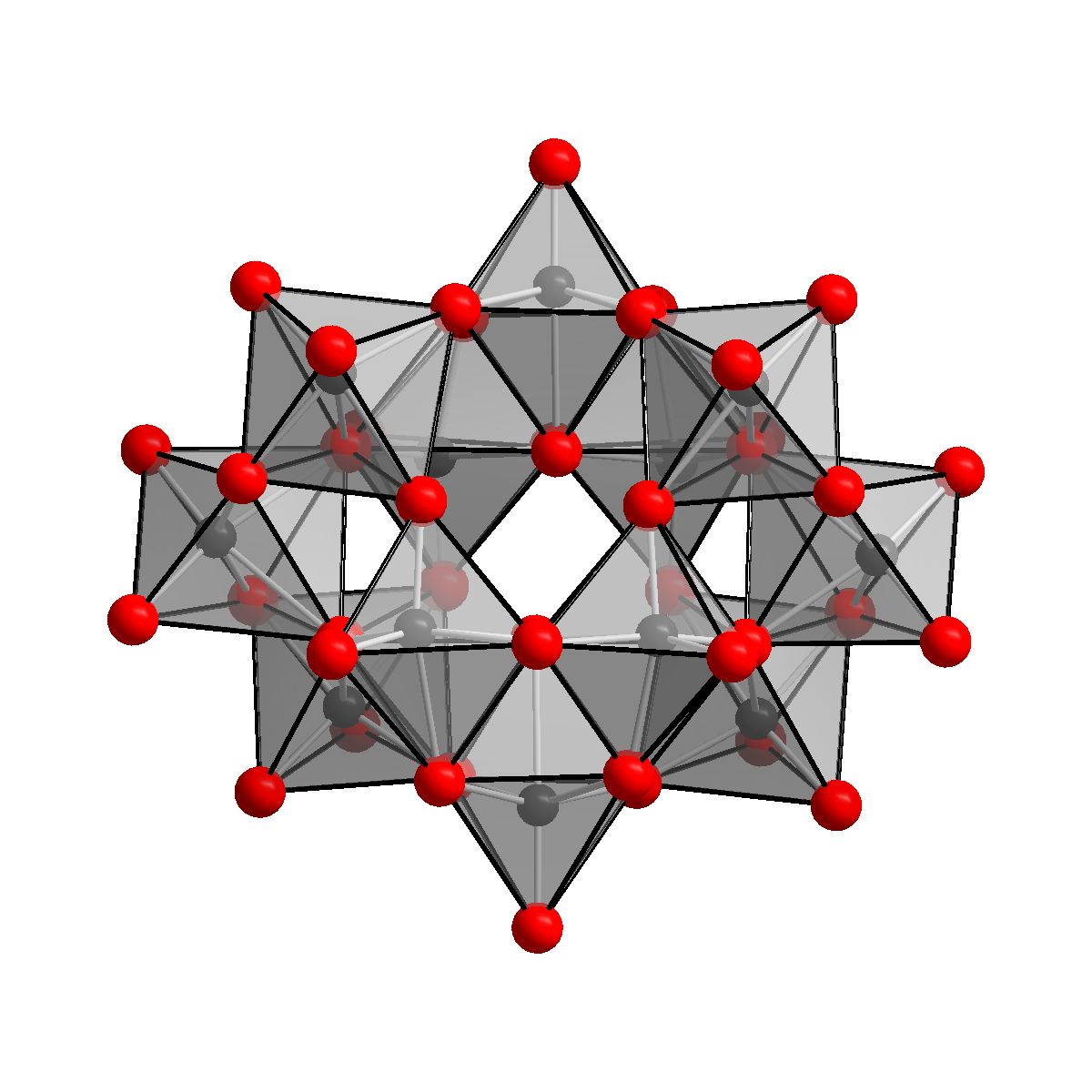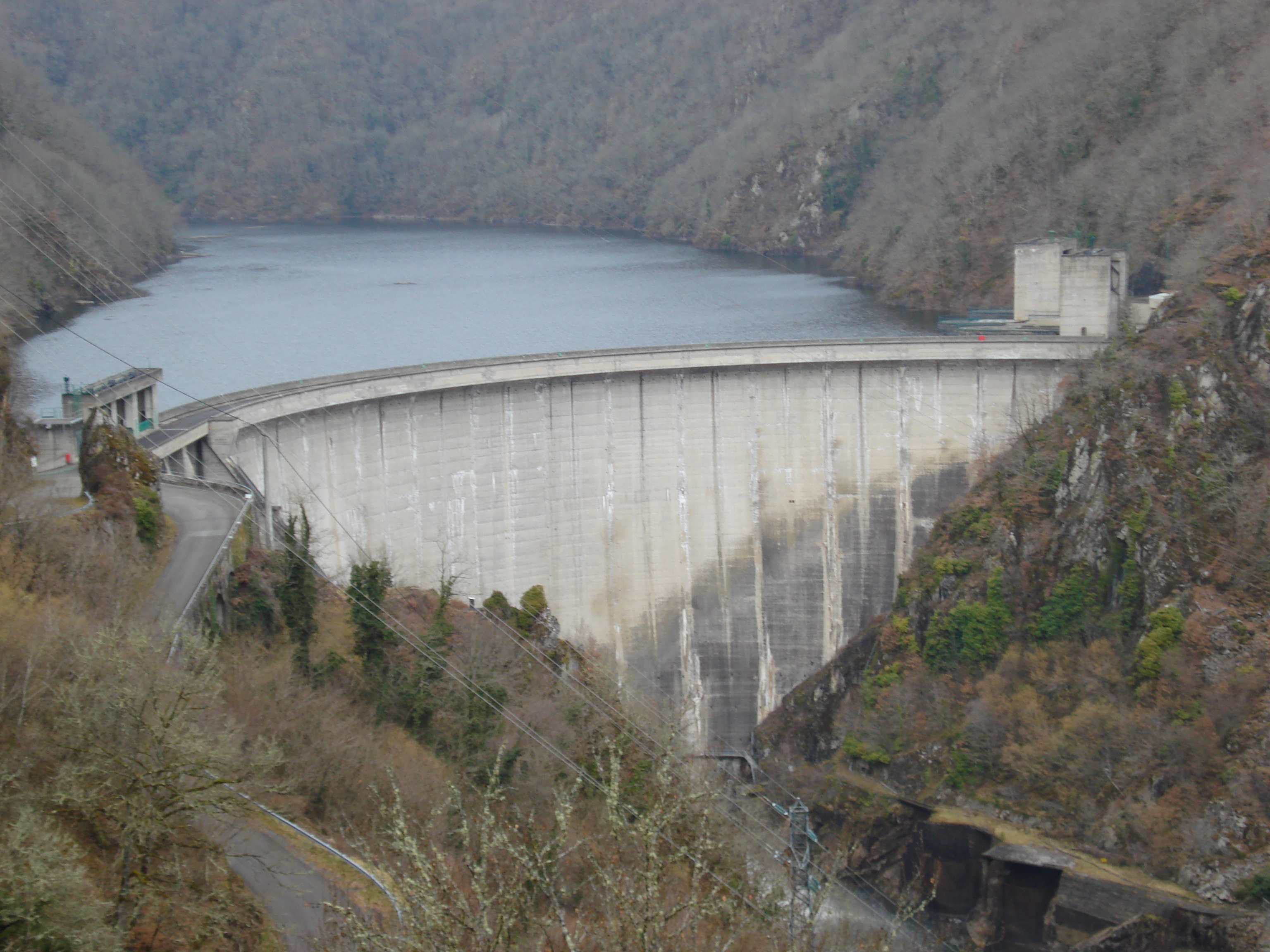|
Sisson Mine
Sisson Mine is a proposed tungsten and molybdenum mine which would be sited near the town of Stanley, 60 km North-West of Fredericton, New Brunswick, Canada. The mine would be among the world's largest tungsten mines, with reserves equating to 227 kilotonnes of elemental tungsten (W). The claim owner, Sisson Mines Ltd., proposes to mine 30,000 tonnes per day of ore which contains on average 0.06 per cent tungsten trioxide (WO3) and smaller amounts of molybdenum. The tungsten component of the ore would be refined into an intermediate product ammonium paratungstate (APT) for shipment. Five hundred fifty seven thousand metric ton units (mtu) of APT would be produced per year, which equates to 4,457 tonnes of tungsten metal per year. The mine would generate large quantities of potentially acid-generating tailings. To minimise acid production and leaching of toxins, including arsenic, from the tailings and waste rock the operator proposes to submerge the tailings and waste rock in ... [...More Info...] [...Related Items...] OR: [Wikipedia] [Google] [Baidu] |
Tungsten
Tungsten, or wolfram, is a chemical element with the symbol W and atomic number 74. Tungsten is a rare metal found naturally on Earth almost exclusively as compounds with other elements. It was identified as a new element in 1781 and first isolated as a metal in 1783. Its important ores include scheelite and wolframite, the latter lending the element its alternate name. The free element is remarkable for its robustness, especially the fact that it has the highest melting point of all known elements barring carbon (which sublimes at normal pressure), melting at . It also has the highest boiling point, at . Its density is , comparable with that of uranium and gold, and much higher (about 1.7 times) than that of lead. Polycrystalline tungsten is an intrinsically brittle and hard material (under standard conditions, when uncombined), making it difficult to work. However, pure single-crystalline tungsten is more ductile and can be cut with a hard-steel hacksaw. Tungsten occurs in many ... [...More Info...] [...Related Items...] OR: [Wikipedia] [Google] [Baidu] |
Ammonium Paratungstate
Ammonium paratungstate (or APT) is a white crystalline salt with the chemical formula (NH4)10(H2W12O42)·4H2O. It is described as "the most important raw material for all other tungsten products." Production From tungsten ores Tungsten ores, which are typically oxides, are digested in base to give solutions of tungstate together with many contaminating species. This crude extract is acidified and treated with sulfide to separate molybdenum trisulfide. Upon further acidification APT eventually crystallizes. Laboratory methods If a calcined WO3 is used, refluxing the ammonia solution is advisable to accelerate its dissolution. Conversion to tungsten metal Heating ammonium paratungstate to its decomposition temperature of 600 °C yields tungsten(VI) oxide, as described in this idealized equation: :(NH4)10(H2W12O42)·4H2O → 12 WO3 + 10 NH3 + 6 H2O From there, the trioxide is heated in an atmosphere of hydrogen, yielding elemental tungsten: :WO3 + 3 H2 → W + 3 ... [...More Info...] [...Related Items...] OR: [Wikipedia] [Google] [Baidu] |
Metric Ton Units
Metric or metrical may refer to: * Metric system, an internationally adopted decimal system of measurement * An adjective indicating relation to measurement in general, or a noun describing a specific type of measurement Mathematics In mathematics, metric may refer to one of two related, but distinct concepts: * A function which measures distance between two points in a metric space * A metric tensor, in differential geometry, which allows defining lengths of curves, angles, and distances in a manifold Natural sciences * Metric tensor (general relativity), the fundamental object of study in general relativity, similar to the gravitational field in Newtonian physics * Senses related to measurement: ** Metric system, an internationally adopted decimal system of measurement ** Metric units, units related to a metric system ** International System of Units, or ''Système International'' (SI), the most widely used metric system * METRIC, a model that uses Landsat satellite d ... [...More Info...] [...Related Items...] OR: [Wikipedia] [Google] [Baidu] |
Tailings
In mining, tailings are the materials left over after the process of separating the valuable fraction from the uneconomic fraction (gangue) of an ore. Tailings are different to overburden, which is the waste rock or other material that overlies an ore or mineral body and is displaced during mining without being processed. The extraction of minerals from ore can be done two ways: placer mining, which uses water and gravity to concentrate the valuable minerals, or hard rock mining, which pulverizes the rock containing the ore and then relies on chemical reactions to concentrate the sought-after material. In the latter, the extraction of minerals from ore requires comminution, i.e., grinding the ore into fine particles to facilitate extraction of the target element(s). Because of this comminution, tailings consist of a slurry of fine particles, ranging from the size of a grain of sand to a few micrometres. Mine tailings are usually produced from the mill in slurry form, which i ... [...More Info...] [...Related Items...] OR: [Wikipedia] [Google] [Baidu] |
Arsenic
Arsenic is a chemical element with the symbol As and atomic number 33. Arsenic occurs in many minerals, usually in combination with sulfur and metals, but also as a pure elemental crystal. Arsenic is a metalloid. It has various allotropes, but only the gray form, which has a metallic appearance, is important to industry. The primary use of arsenic is in alloys of lead (for example, in car batteries and ammunition). Arsenic is a common n-type dopant in semiconductor electronic devices. It is also a component of the III-V compound semiconductor gallium arsenide. Arsenic and its compounds, especially the trioxide, are used in the production of pesticides, treated wood products, herbicides, and insecticides. These applications are declining with the increasing recognition of the toxicity of arsenic and its compounds. A few species of bacteria are able to use arsenic compounds as respiratory metabolites. Trace quantities of arsenic are an essential dietary element in rats, ham ... [...More Info...] [...Related Items...] OR: [Wikipedia] [Google] [Baidu] |
Environmental Impact Assessment
Environmental Impact assessment (EIA) is the assessment of the environmental consequences of a plan, policy, program, or actual projects prior to the decision to move forward with the proposed action. In this context, the term "environmental impact assessment" is usually used when applied to actual projects by individuals or companies and the term " strategic environmental assessment" (SEA) applies to policies, plans and programmes most often proposed by organs of state. It is a tool of environmental management forming a part of project approval and decision-making. Environmental assessments may be governed by rules of administrative procedure regarding public participation and documentation of decision making, and may be subject to judicial review. The purpose of the assessment is to ensure that decision makers consider the environmental impacts when deciding whether or not to proceed with a project. The International Association for Impact Assessment (IAIA) defines an enviro ... [...More Info...] [...Related Items...] OR: [Wikipedia] [Google] [Baidu] |
List Of Tailings Dam Failures
A tailings dam is typically an earth-fill embankment dam used to store byproducts of mining operations after separating the ore from the gangue. Tailings can be liquid, solid, or a slurry of fine particles, and are usually highly toxic and potentially radioactive. Solid tailings are often used as part of the structure itself. Tailings dams rank among the largest engineered structures on earth. The Syncrude Mildred Lake Tailings Dyke in Alberta, Canada, is an embankment dam about long and from high. It is the largest dam structure on earth by volume, and as of 2001 it was believed to be the largest earth structure in the world by volume of fill. There are key differences between tailings dams and the more familiar hydroelectric dams. Tailings dams are designed for permanent containment, meaning they are intended to "remain there forever". Copper, gold, uranium and other mining operations produce varied kinds of waste, much of it toxic, which pose varied challenges fo ... [...More Info...] [...Related Items...] OR: [Wikipedia] [Google] [Baidu] |
International Commission On Large Dams
The International Commission on Large Dams, or ICOLD, (french: Commission Internationale des Grands Barrages ''or CIGB'') is an international non-governmental organization dedicated to the sharing of professional information and knowledge of the design, construction, maintenance, and impact of large dams. It was founded in 1928 and has its central office in Paris, France. It consists of 100 member national committees which have a total membership of about 10,000 individuals. Official languages of the commission are English and French. Definition See also * United States Society on Dams is the member organization representing the US in ICOLD. * British Dam Society is the United Kingdom The United Kingdom of Great Britain and Northern Ireland, commonly known as the United Kingdom (UK) or Britain, is a country in Europe, off the north-western coast of the European mainland, continental mainland. It comprises England, Scotlan ... national committee for ICOLD Referenc ... [...More Info...] [...Related Items...] OR: [Wikipedia] [Google] [Baidu] |
Tungsten Mines
Tungsten, or wolfram, is a chemical element with the symbol W and atomic number 74. Tungsten is a rare metal found naturally on Earth almost exclusively as compounds with other elements. It was identified as a new element in 1781 and first isolated as a metal in 1783. Its important ores include scheelite and wolframite, the latter lending the element its alternate name. The free element is remarkable for its robustness, especially the fact that it has the highest melting point of all known elements barring carbon (which sublimes at normal pressure), melting at . It also has the highest boiling point, at . Its density is , comparable with that of uranium and gold, and much higher (about 1.7 times) than that of lead. Polycrystalline tungsten is an intrinsically brittle and hard material (under standard conditions, when uncombined), making it difficult to work. However, pure single-crystalline tungsten is more ductile and can be cut with a hard-steel hacksaw. Tungste ... [...More Info...] [...Related Items...] OR: [Wikipedia] [Google] [Baidu] |






.jpg)